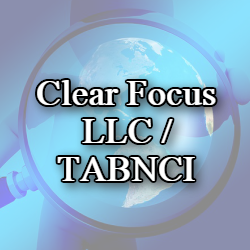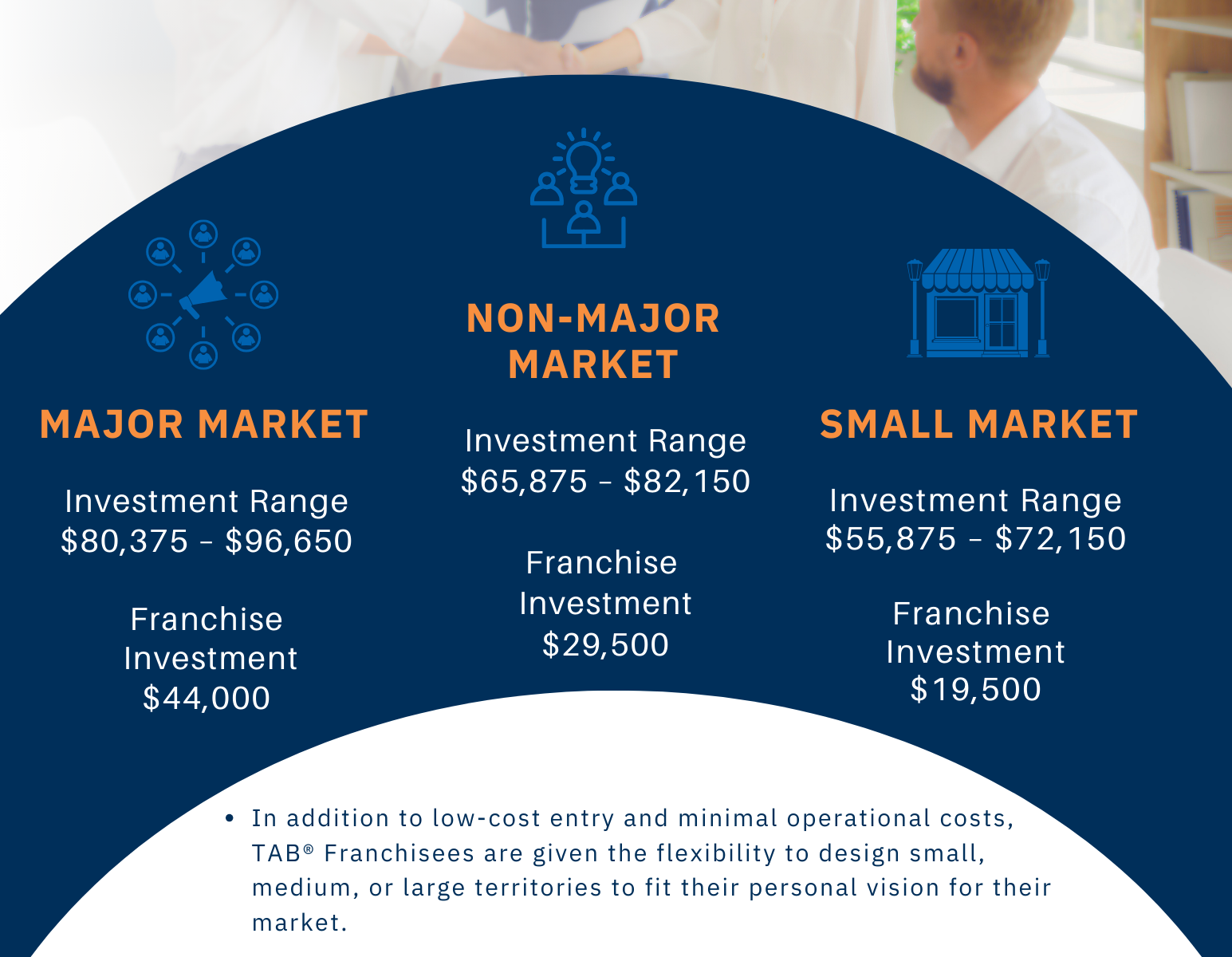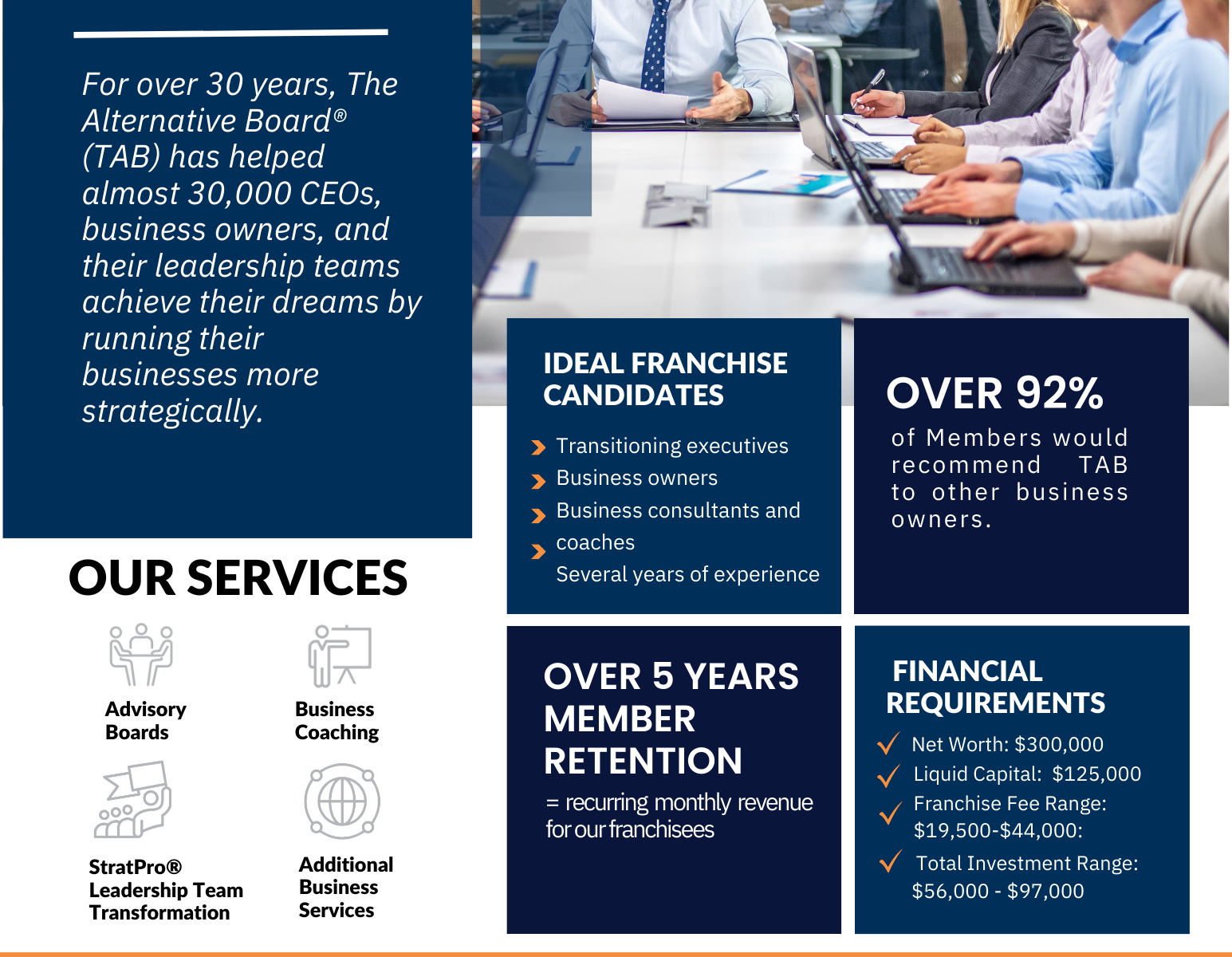As a CEO, the responsibility of steering the ship, setting the course and ensuring the success of the enterprise falls squarely on your shoulders. In this dynamic and ever-evolving business landscape, the role of a leader is both challenging and rewarding. To navigate this complex journey, it’s essential to understand and apply the fundamental laws of leadership. These seven principles are not just strategies; they are the bedrock upon which world-class leaders build their success.
-
- Law of Vision: See the Future and Communicate It
Great leaders possess a keen vision that extends beyond the horizon. They anticipate industry trends, technological advancements, and market shifts. Articulating this vision is equally crucial, as it aligns the team towards common goals. Effective communication of the company’s future direction inspires confidence, fosters innovation, and cultivates a shared sense of purpose among team members.
-
- Law of Influence: Lead from the Front
Leadership is not about titles or positions; it’s about influence. To lead effectively, one must earn the trust and respect of the team.
Leading from the front means setting an example, demonstrating integrity, and being actively involved. By earning the trust of your team, you can inspire them to exceed their expectations and contribute to the overall success of the organization.
-
- Law of Priorities: Focus on What Matters Most
In a world filled with distractions, effective leaders prioritize tasks and focus on what truly matters. The ability to discern between urgent and important tasks is crucial. By concentrating on high-priority activities, leaders ensure that their time and resources are invested where they will have the most significant impact, driving the organization towards its strategic objectives.
-
- Law of Empowerment: Empower Others to Lead
A true leader does not hoard power; instead, they empower others to lead. By developing the skills and capabilities of team members, leaders create a culture of collaboration and continuous improvement. Delegating responsibilities fosters a sense of ownership among employees, unleashing their potential and contributing to the overall success of the organization.
-
- Law of Connection: Build Strong Relationships
Leadership is not a solitary journey; it’s about building and nurturing relationships. The ability to connect with individuals at all levels of the organization fosters a positive work environment and enhances team cohesion. Leaders who genuinely care about their team members create a culture of loyalty and commitment, where everyone feels valued and motivated to give their best.
-
- Law of Respect: Earn It Every Day
Respect is not automatic; it must be earned consistently. Leaders who demonstrate respect for their team members, clients, and stakeholders create a positive and inclusive organizational culture. By acknowledging the contributions of others and valuing diversity of thought, leaders foster an environment where everyone feels heard and respected, leading to increased collaboration and innovation.
-
- Law of Legacy: Leave a Lasting Impact
True leaders think beyond the immediate and consider the legacy they leave behind. Building a lasting impact involves developing successors, creating a sustainable business model, and contributing positively to the community. By focusing on the long-term implications of their decisions, leaders ensure the continued success and relevance of the organization even after their tenure.
Conclusion
In the fast-paced world of business, mastering the art of leadership is essential for sustained success. By embracing these seven fundamental laws of leadership, CEOs and aspiring leaders can navigate challenges, inspire their teams, and leave a lasting legacy. In the pursuit of excellence, remember that leadership is not just about what you accomplish personally, but how you empower and inspire others to achieve greatness collectively.
“Navigating the corporate landscape requires mastery of the 7 Fundamental Laws: Vision fuels direction, Leadership empowers growth, Innovation sparks evolution, Adaptability ensures resilience, Integrity builds trust, Collaboration drives synergy, and Perseverance paves the path to enduring success for every CEO.”
We would love to hear your comments. Please contact us today!
Gary Brunson
gary@myclearfocus.com
Debra Rider
debra@myclearfocus.com
574.361.2674
Sustainable Growth & Profit Consultant, Coach, Mentor, and Counselor/Therapist for Business Owners and Professionals.











